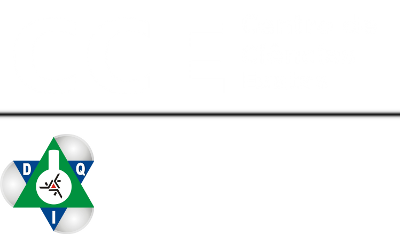NUPESF
HOME PARTICIPANTS EVENTS COLLABORATIONS CONTACT
RESEARCH LIBRARY ARTICLES FOR BEGINNERS OTHERS
We have been working with two research lines evolving light: (i) wastewater treatment using Advanced Oxidative Processes and surfactants, and (II) Photodynamic Therapy (PDT), which is our main research field. PDT is a medical modality that utilize a photosensitizer compound (PS), oxygen and light to treat diseases that is characterized by an abnormal tissue grow such as cancer, aged related macular degeneration (AMD), psoriasis, arthritis, arterial restenosis, etc. This technique is close related to Photodynamic Inactivation of Microorganisms (PDI) or Photodynamic Antimicrobial Chemotherapy (PACT) once it can be applied against bacteria, fungi, yeasts, viruses, protozoa and others undesirable microbials. Photodynamic treatments exhibit efficiency, less traumatic effects, low recovery time and few co-lateral effects once is less invasive.
The first officially approved drug for PDT by the Food and Drug Administration (USA) is Photofrin®, a porphyrin mixture that is applied for cancer. A new generation drug for PDT, Visudyne® was recently approved to treat AMD; its photoactive compound is BPDMA, a benzoporphyrin mono-acid derivative (chlorin-type molecule).
Once the PS is locally photo-excited, it reacts with molecular oxygen (triplet state) and generates reactive species (including singlet oxygen), which induces damage to malignant cells causing tissue’s apoptosis and necrosis. Several physical-chemical properties of the PS, light source and the drug delivery systems are under investigation in our chemical research group. Compounds/derivatives as chlorophylls, benzoporphyrins, xanthenes, phenothiazines, phthalocyanines, porphyrins, hypericins, etc are under investigation. For drugs delivery systems, we investigated nano-systems such as micelles (charged, no-charged and polymeric surfactants), liposomes, nano-porous silica and mixtures of water in organic solvents. For light sources, we are particularly interested in LED device light systems. The physico-chemical properties investigated are the partition coefficient, bonding constant, fluorescence and oxygen quantum yielding, FS location into the nano-particle (drug delivery system), stability of the PS in the nano-particle, PS self-aggregation processes in water media, PS-formulated/light efficiency against undesirable tissue/organism, and others.
The photodynamic activity we have been testing against pathogenic microorganism such as bacteria (E. coli, S. aureus and S. mutans, fungus (C. albicans) and parasites of leishmaniasis (in vitro, in vivo – hamsters and clinical trials with humans), virus (HPV), parasites of T. cruzzi, and other malignant. Our collaborators perform these investigation.
Please find enclosed a list of our investigated photosensitizers, and in the Library/Production link, a list of articles and patents and our collaborators with a summary of our additional research field, which is included the diseases/microorganism under investigation. In addition it is included some articles that can be used for beginner who is interested in photodynamic systems.


